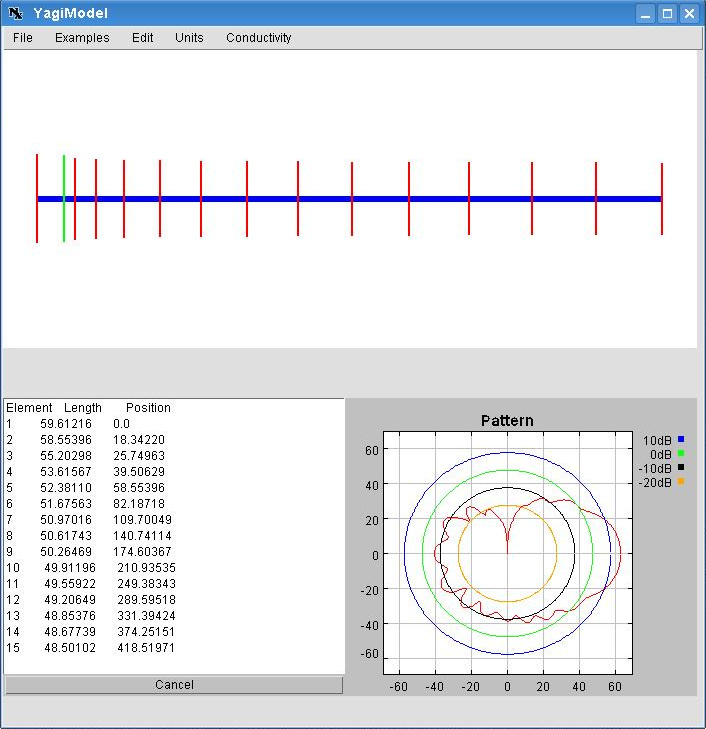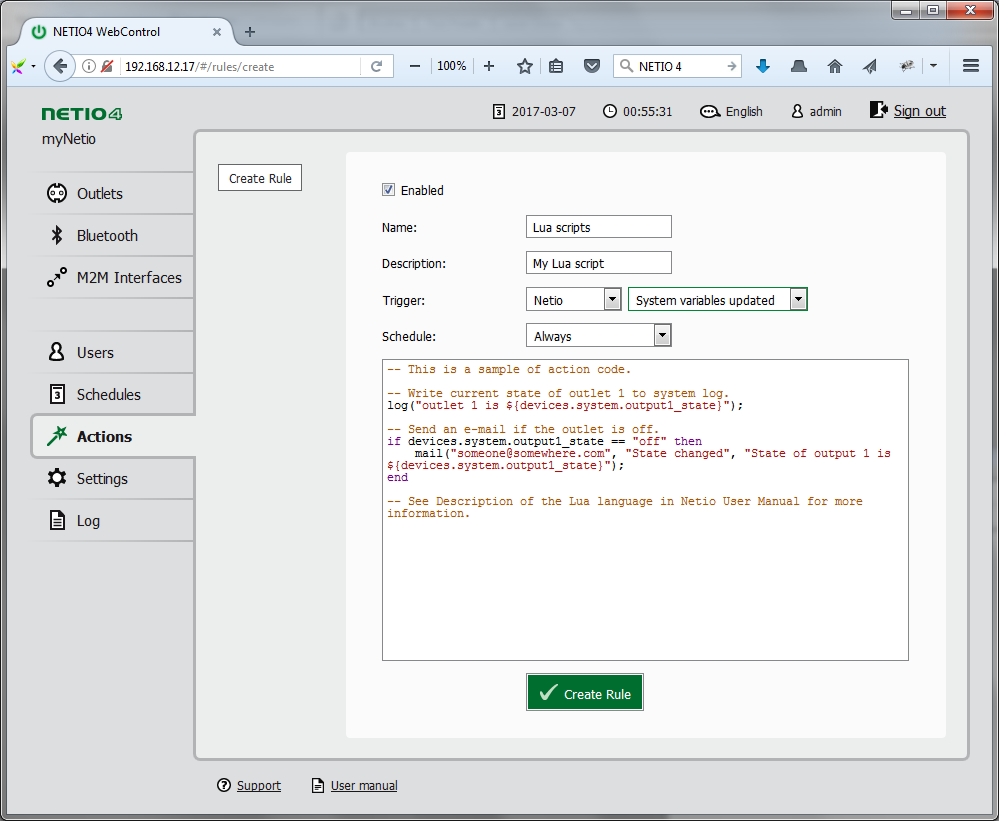
Sep 14, 2018 - I needed to write some C code that read data from an FPGA's embedded. How easy it was to write some portable code to work with the serial port. I usually just use lua for writing interfaces to serial devices. The Serial library reads and writes data to and from external devices one byte. The serial port is a nine pin I/O port that exists on many PCs and can be.
I have a slightly different application: The Ramsey SG7 Speedy Radar Kit operates at 2.6GHz. ( ) This is a little Doppler radar kit that I’m putting together. How it works: Inside waveguides, electromagnetic fields can only exist in certain patterns called “modes.” The best cantenna designs excite one and only one mode. Most 802.11 standards fall into this band: 802.11b and 802.11g use 2.4GHz.  802.11n can use both 2.4GHz and 5 GHz, but you can get away with only the 2.4GHz signal - it propagates better over long ranges anyway.
802.11n can use both 2.4GHz and 5 GHz, but you can get away with only the 2.4GHz signal - it propagates better over long ranges anyway.

Property serial. Baudrate mutable Property serial. Databits mutable Property serial. Parity mutable Property serial. Stopbits mutable Property serial. Xonxoff mutable Property serial. Rtscts mutable Get or set the baudrate, data bits, parity, stop bits, software flow control (xonxoff), or hardware flow control (rtscts), respectively, of the underlying tty device.
Databits can be 5, 6, 7, or 8. Stopbits can be 1, or 2. Parity can be 'none', 'odd', or 'even' (see above). Raises a on invalid assignment.
 Property serial. Fd immutable Get the file descriptor for the underlying tty device of the Serial object. Raises a on assignment. ERRORS The periphery Serial methods and properties may raise a Lua error on failure that can be propagated to the user or caught with Lua's pcall(). The error object raised is a table with code, c_errno, message properties, which contain the error code string, underlying C error number, and a descriptive message string of the error, respectively. The error object also provides the necessary metamethod for it to be formatted as a string if it is propagated to the user by the interpreter.
Property serial. Fd immutable Get the file descriptor for the underlying tty device of the Serial object. Raises a on assignment. ERRORS The periphery Serial methods and properties may raise a Lua error on failure that can be propagated to the user or caught with Lua's pcall(). The error object raised is a table with code, c_errno, message properties, which contain the error code string, underlying C error number, and a descriptive message string of the error, respectively. The error object also provides the necessary metamethod for it to be formatted as a string if it is propagated to the user by the interpreter.
